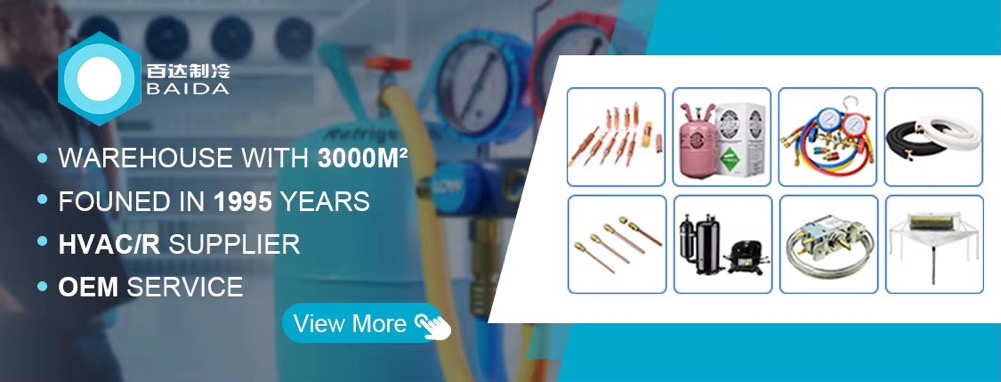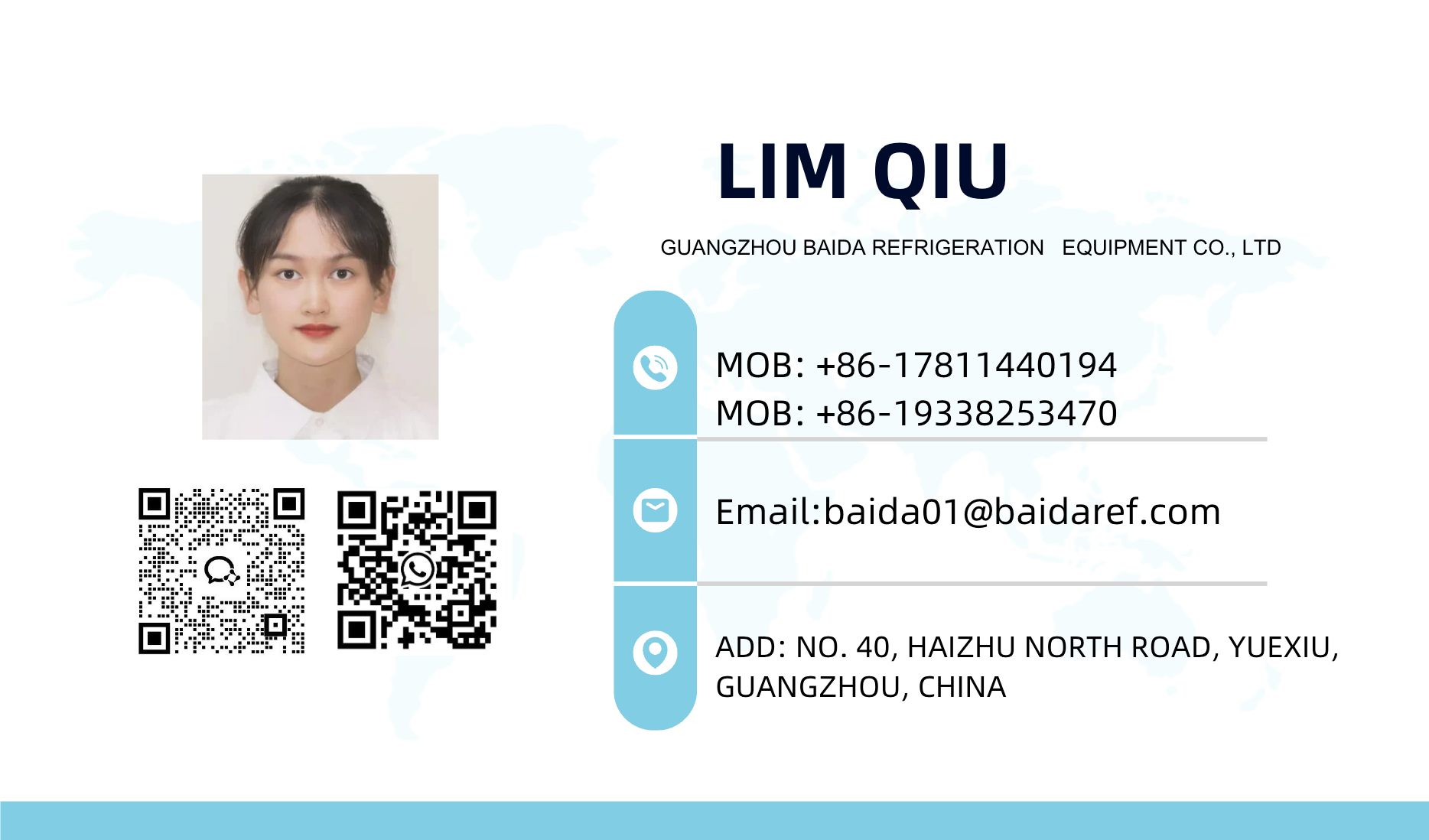PTC RELAY is a special type of relay that uses the characteristics of PTC thermistors to control circuits.
Working Principle: PTC relays work by the characteristic that the resistance value of PTC thermistors increases as the temperature rises. When current passes through the PTC thermistor, it generates heat, causing the resistance value to increase, thereby limiting the flow of current.
Appearance Structure: PTC relays usually have a black plastic shell that contains the PTC thermistor and contact mechanism inside. The shell is designed to protect the internal components and provide insulation.Contacts: There are contacts inside the relay that are used to switch the on and off state of the circuit when the PTC thermistor reaches a certain temperature. The contacts are usually made of copper or other conductive metals.
Pins: There are metal pins at the bottom of the relay that are used to connect the power supply and control circuit. The design of the pins allows the relay to switch the on and off state of the circuit when it receives a signal.
Application: PTC relays are widely used in fields such as overcurrent protection, temperature control, and circuit protection. They can be used in household appliances, industrial equipment, automotive electronic systems, etc.
Model identification: The relay may be marked with a model or specification, such as "103N 06", which helps identify the specific characteristics and application range of the relay.
Rated parameters: The rated parameters of the PTC relay include rated current, rated voltage, response time, etc. These parameters are critical to selecting the appropriate relay.
Installation: PTC relays are usually mounted on circuit boards by soldering or plug-in connections, and their installation method should comply with the manufacturer's instructions.











